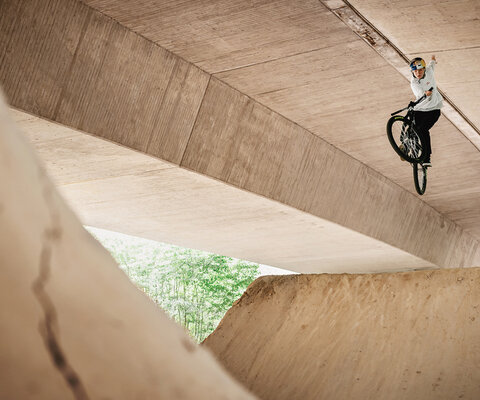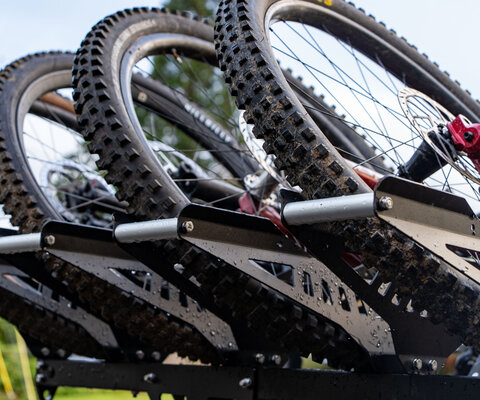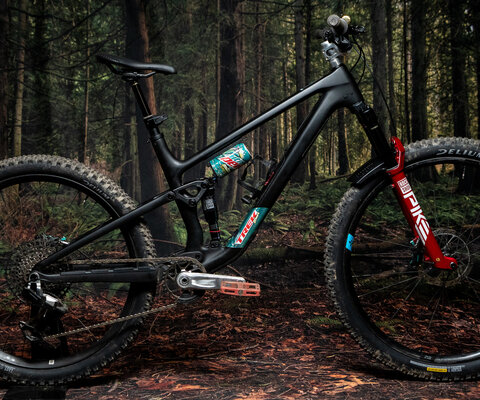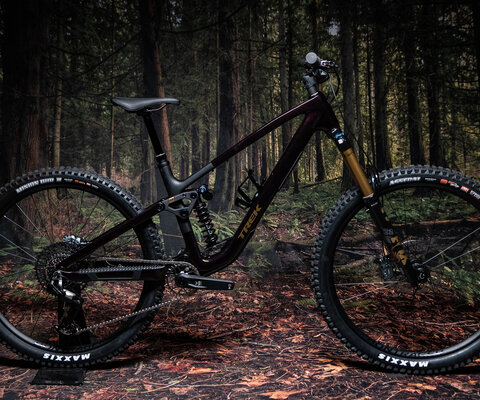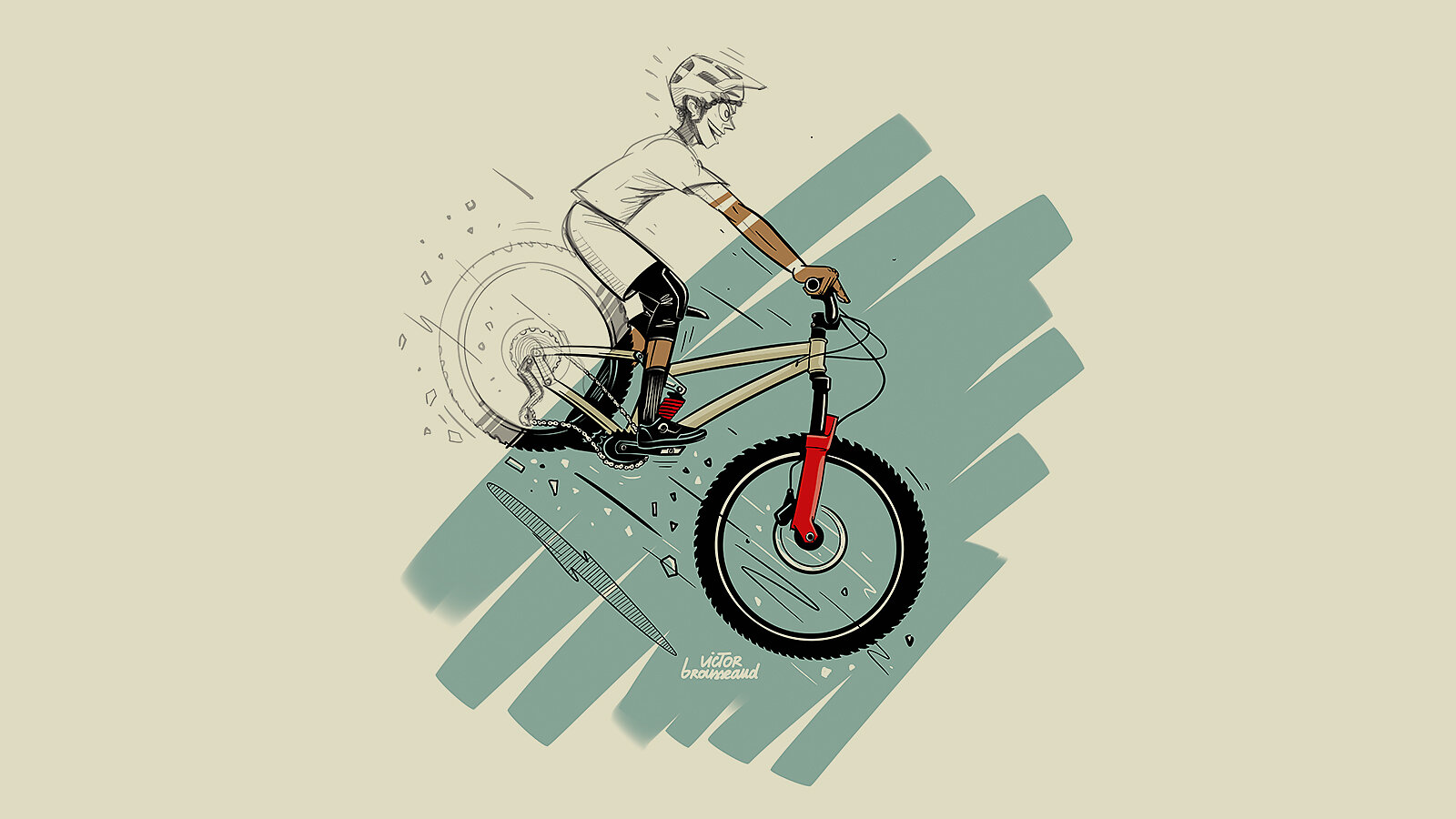
Regression as Progression Designs That Take Us Back to the Beginning
Words by Matt Coté | Photos by Victor Brousseaud
Technology. Innovation. Disruption. These are words that, for better or worse, have become virtues of the cultural moment we’re living in. And while nations around the world try to outcompete each other for the tools of tomorrow, this pattern is nothing new to mountain bikers.
Our culture is built on technology: the promise that shaving a few grams, adding a bit of stiff ness, or changing a fraction of an angle will make us better riders. And sometimes it does. But as a cohort obsessed with minutiae, we also know you can easily get lost in the weeds, and real-world benefits are harder to come by than hype.
These days, most of us are skeptical about reinventing the wheel. OK, wheel size has changed, but that doesn’t make circles obsolete. Our sport’s history shows we can be sober about one thing: Often, we get things right closer to the beginning of the iterative process than the end. And, on the evolutionary tree of design, sometimes the lower branches are the better ones.
To wit, our rear wheels are back to being small, oval chainrings have re-emerged, handlebars have high rise again, alloy rims are surging on racetracks, and coils have made a full comeback along with downhill bikes. And while these are indeed better iterations than we had in the past, the basic concepts remain the same.
The derailleur is a great perennial example. Put a 2025 SRAM XX T-Type next to a 1990 Shimano XT and, in principle, you’re still looking at the same machine doing the exact same thing. What the intervening years have held is refinement, not revolution. Narrow-wide teeth and servos are slightly different techniques to do what drivetrains have always done: move a chain along cogs.
This article is for our Paid Subscribers and Plus Members.
Gain access by purchasing an online or print subscription.
Basic Free Subscription
$0 / Year
-
Access to the FH Dashboard
-
Bookmark favorite articles for easy access
-
Browse articles by issue
-
Receive our weekly newsletter for the latest content and special discounts
Plus Online Subscription
$25 | Year
-
Online access to the latest print issues the day they hit newsstands
-
Download print articles and take them with you on the go for offline reading
-
Access to the FH Dashboard
-
Bookmark favorite articles for easy access
-
Browse articles by issue
-
Receive our weekly newsletter for the latest content and special discounts
Premium Print Subscription
$59 | Year*
-
4 Issues/year of our print magazine mailed directly to your front door
-
Online access to the latest print issues the day they hit newsstands
-
Download print articles and take them with you on the go for offline reading
-
Access to the FH Dashboard
-
Bookmark favorite articles for easy access
-
Browse articles by issue
-
Receive our weekly newsletter for the latest content and special discounts
![“Brett Rheeder’s front flip off the start drop at Crankworx in 2019 was sure impressive but also a lead up to a first-ever windshield wiper in competition,” said photographer Paris Gore. “Although Emil [Johansson] took the win, Brett was on a roll of a year and took the overall FMB World Championship win. I just remember at the time some of these tricks were still so new to competition—it was mind-blowing to witness.” Photo: Paris Gore | 2019](https://freehub.com/sites/freehub/files/styles/grid_teaser/public/articles/Decades_in_the_Making_Opener.jpg)

